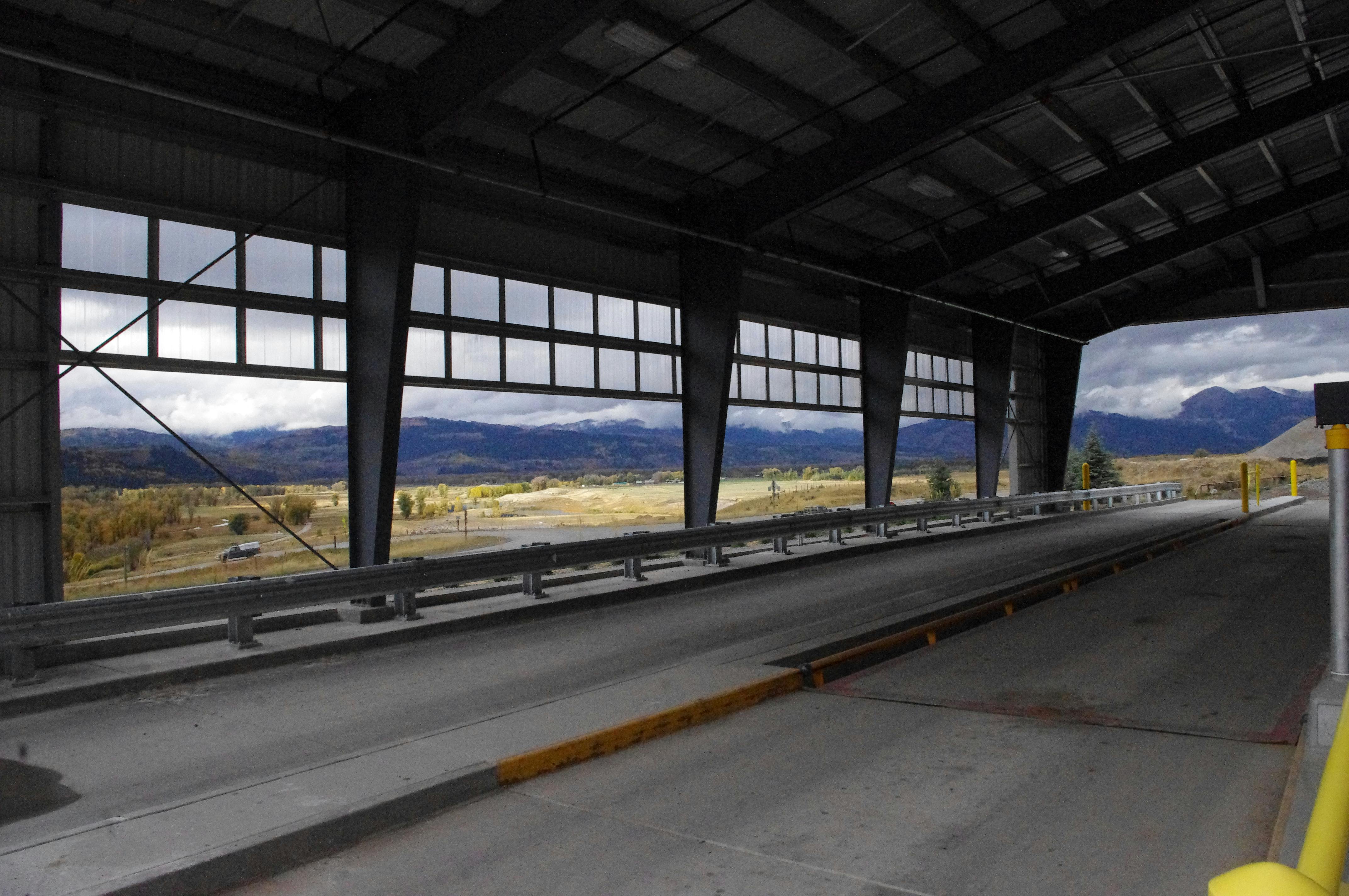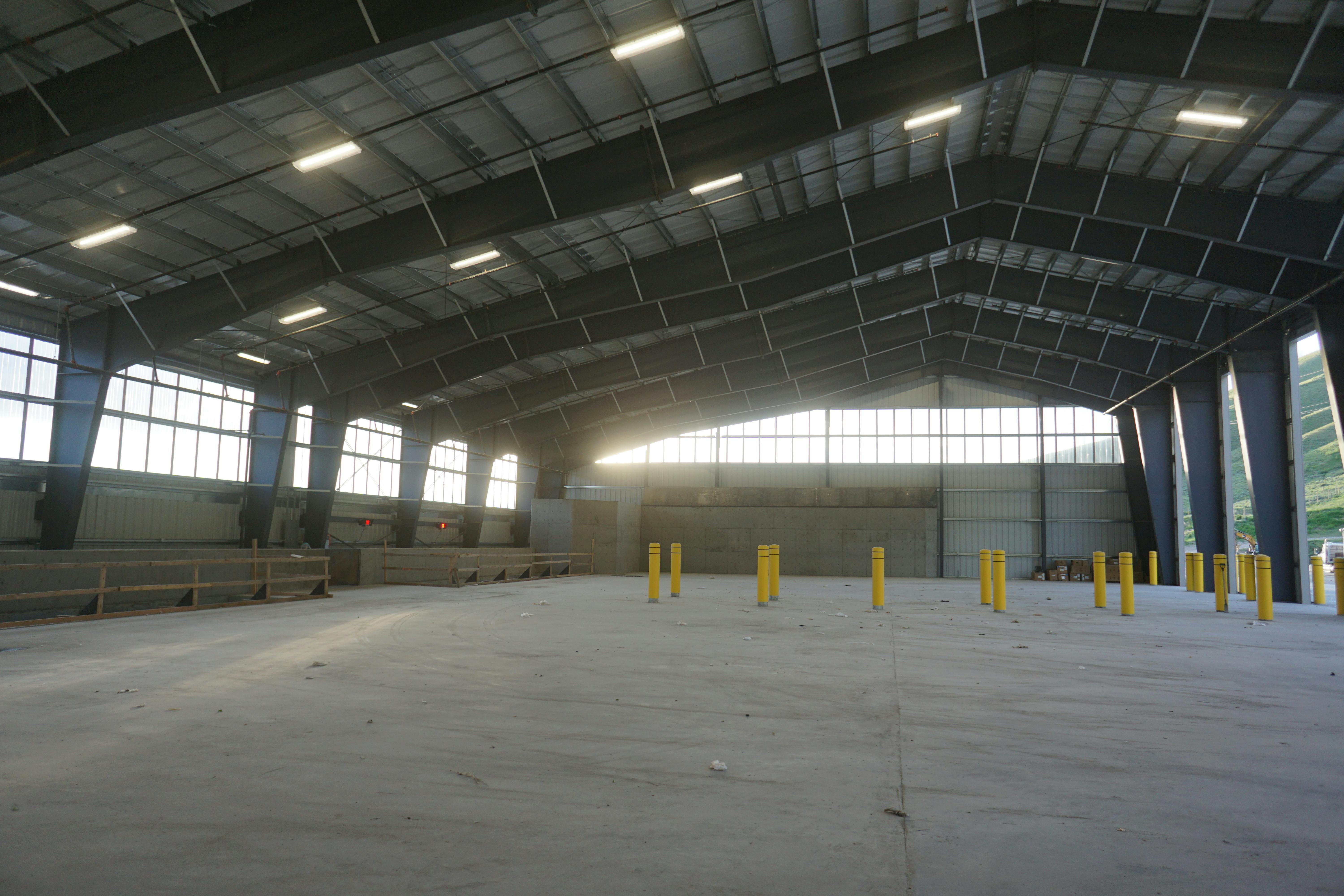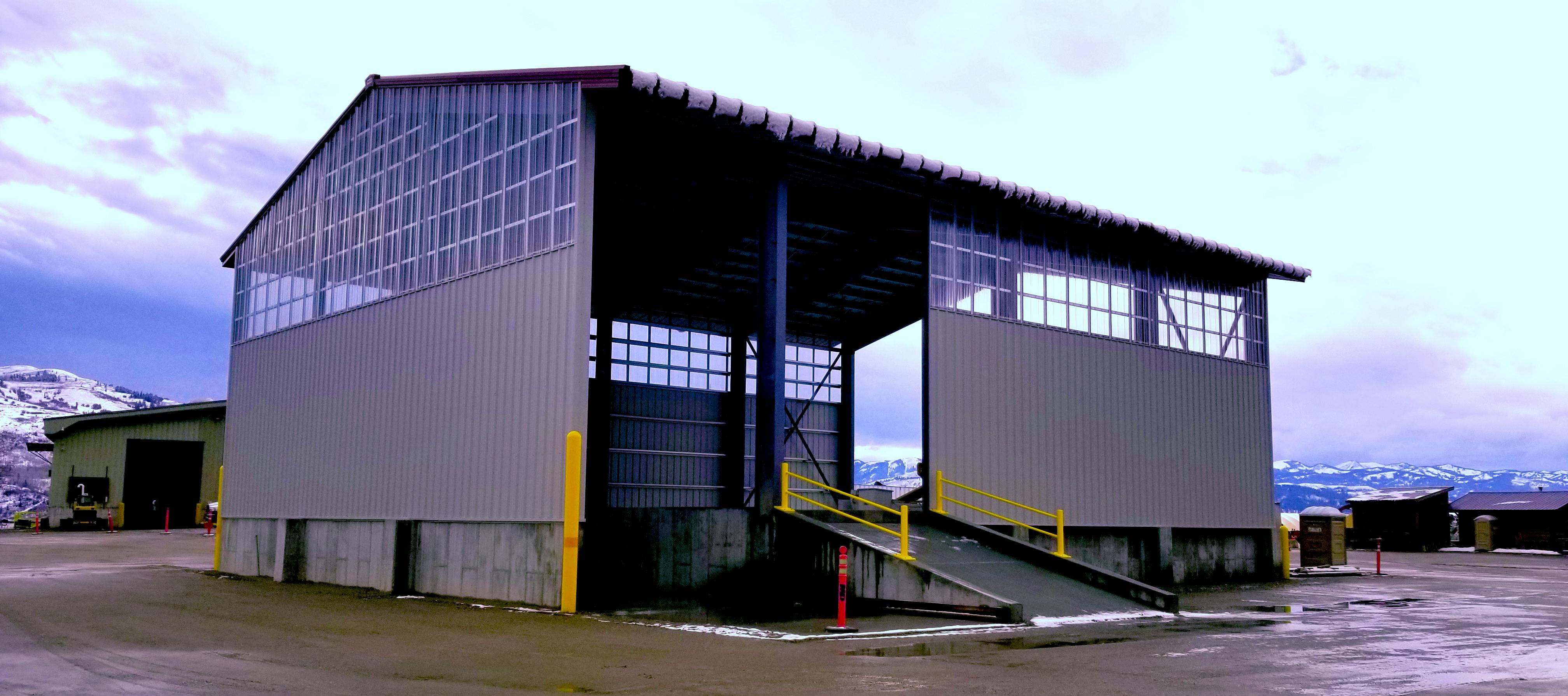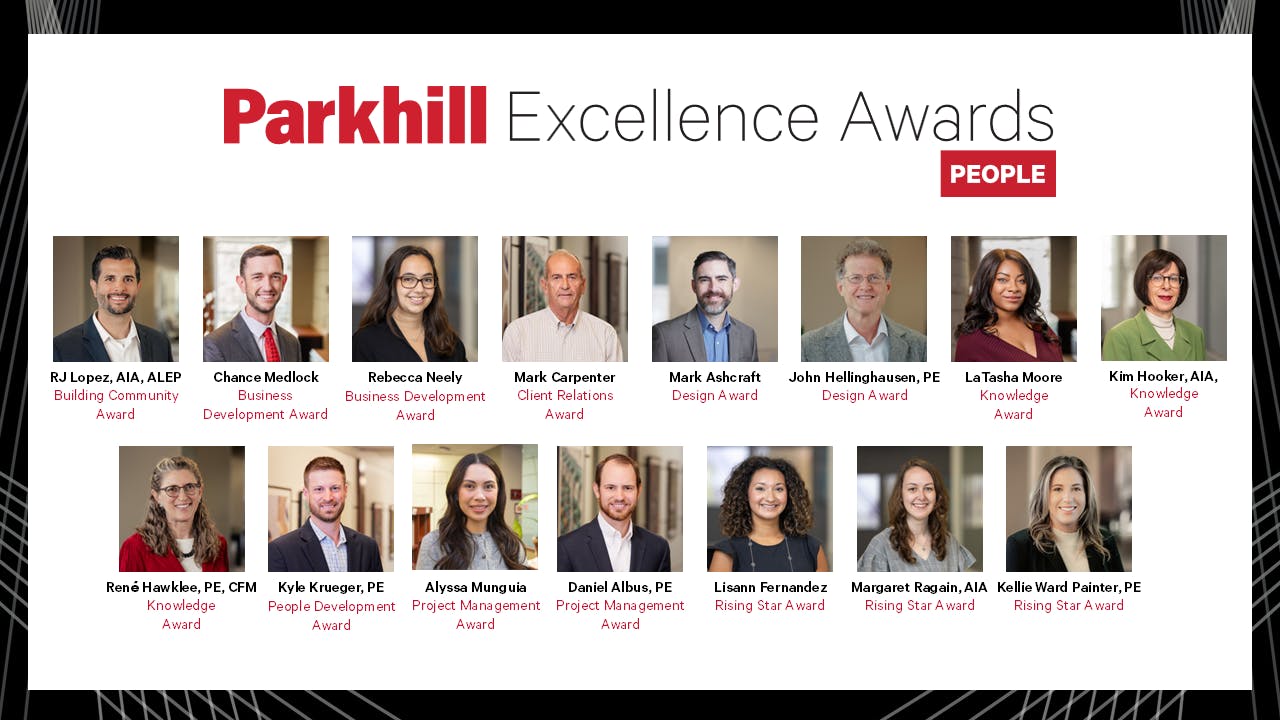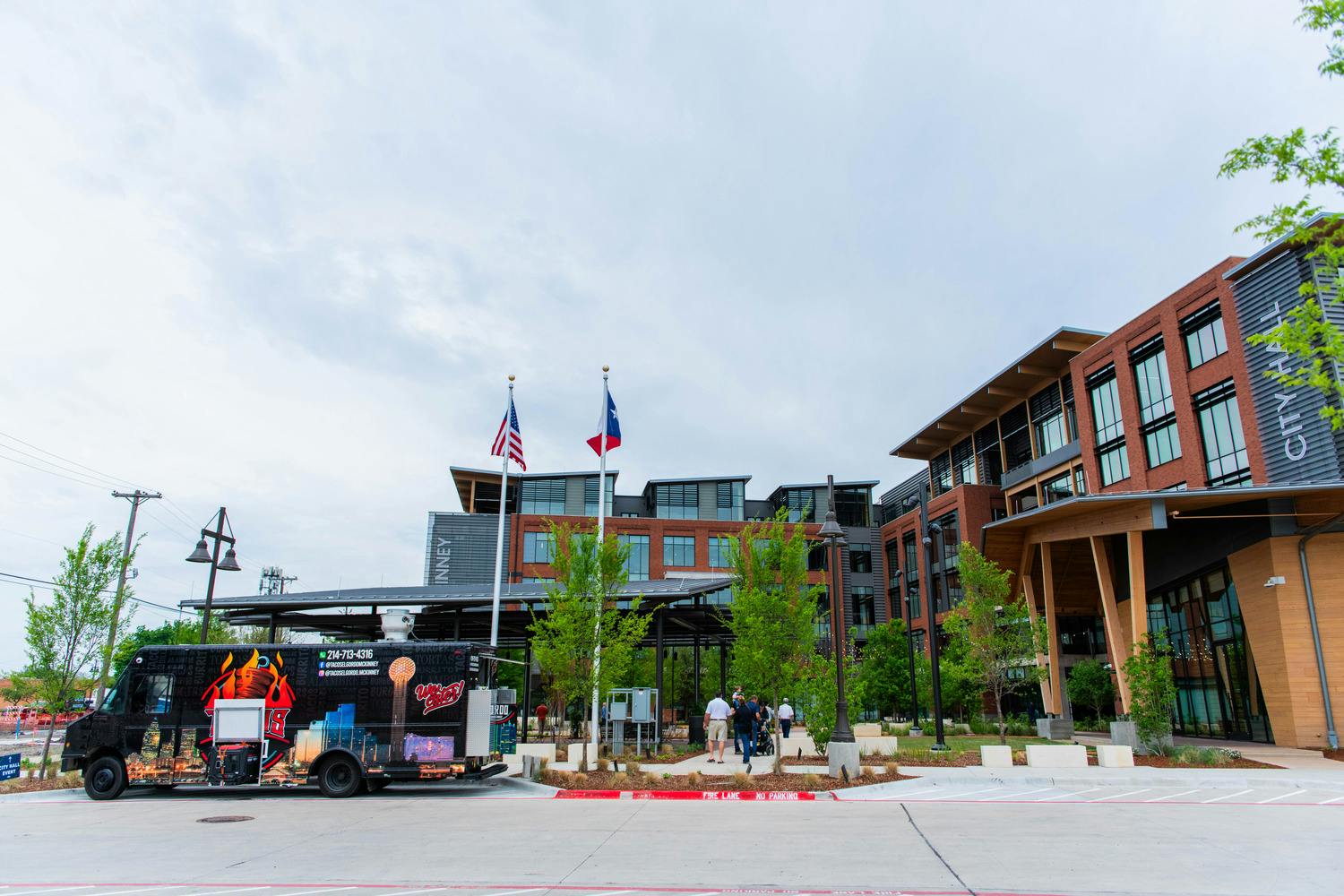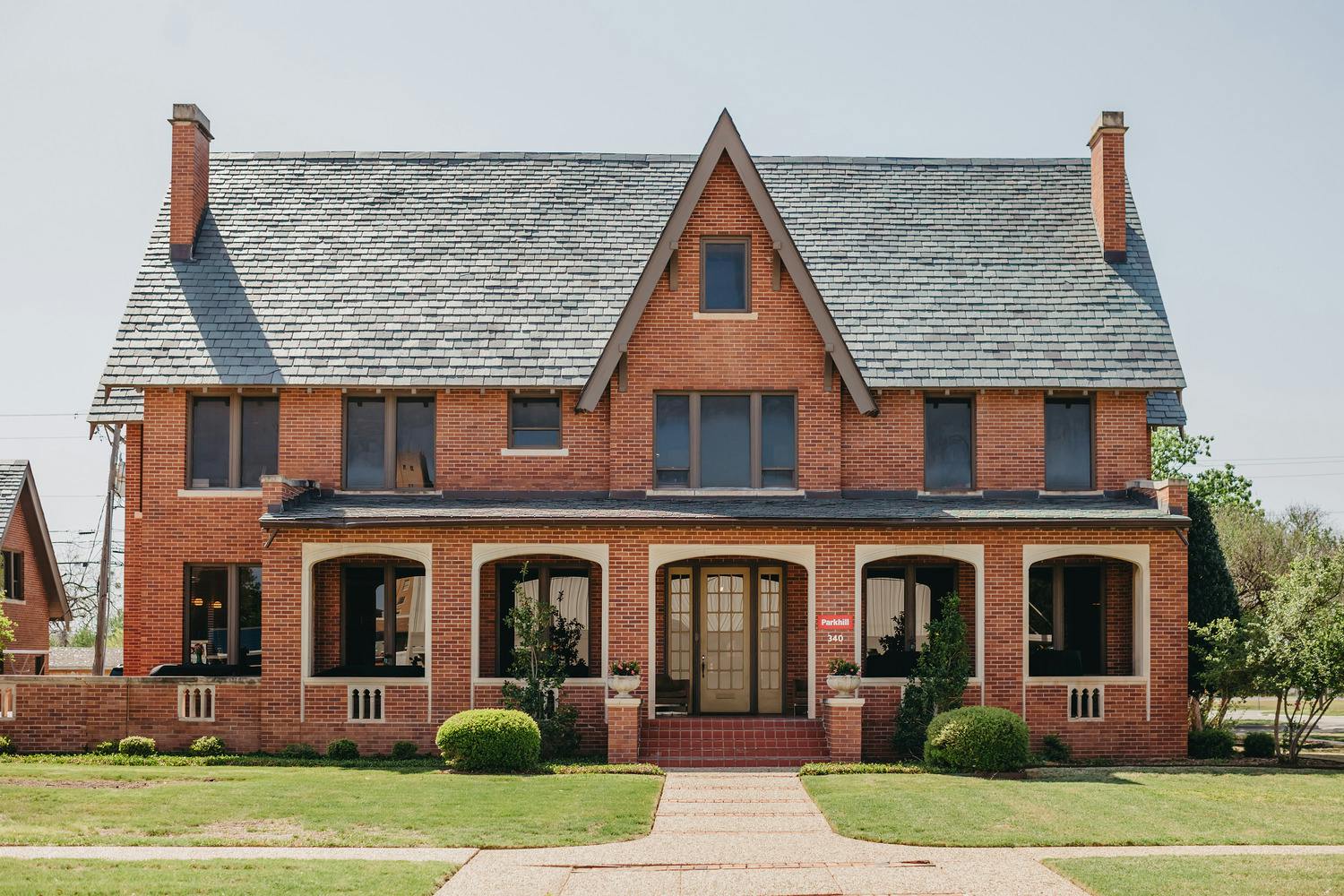Enticing Transfer Station
Category: Engineering
Written By: Charles Fiedler
Date: April 17, 2018

 Charles Fiedler is a Principal and Team Leader as a Civil Engineer in Parkhill’s Environmental Sector. He joined Parkhill in 2016. Charles has more than 49 years of experience and is considered one of the foremost experts in solid waste management, waste minimization, and recycling.
Charles Fiedler is a Principal and Team Leader as a Civil Engineer in Parkhill’s Environmental Sector. He joined Parkhill in 2016. Charles has more than 49 years of experience and is considered one of the foremost experts in solid waste management, waste minimization, and recycling.
The Transfer Station in Jackson Hole, Wyo., is in a drop-dead gorgeous canyon on the slopes of the scenic Snake River. Whitetail bucks, pronghorn sheep, eagles, and elk, for example, often visit the grounds in the frozen alpine environment. Jackson Hole is essentially the largest gateway to Yellowstone National Park and is a mecca for the top 1 percentile economically.
When its landfill reached its capacity, Teton County explored its options. With influxes of 10,000 tourists visiting Jackson Hole yearly, the County needed a transfer station to take the garbage out of the pristine valley and move it to another state. Parkhill was the subconsultant engineering manager for this multi-phased, multifaceted, challenging project.
The plan changed numerous times and ultimately required the construction of an interim station rather than attempting to build half of the new transfer station at a time to keep the operations functioning. This allowed trash services to continue undisturbed. Our team was chosen based on similar award-winning work experience.
 Using the interim facility allowed our team to demolish the old facility and have excavations in place for the construction crew. Among the project components was excavating over 30,000 cubic yards of previously deposited waste to allow for the construction of level pads for the numerous operations taking place on this site: scale-house facility, wood waste, and composting, in addition to the waste transfer operation, which is a receiving point for all the solid waste generated in the County.
Using the interim facility allowed our team to demolish the old facility and have excavations in place for the construction crew. Among the project components was excavating over 30,000 cubic yards of previously deposited waste to allow for the construction of level pads for the numerous operations taking place on this site: scale-house facility, wood waste, and composting, in addition to the waste transfer operation, which is a receiving point for all the solid waste generated in the County.
Because this is an extremely high-profile project for the community, care was taken in how it was visible from various vantage points. The new two-level station encompasses over 22,000 square feet of operational space, with colors blending with the wildscape of Snake River Valley and clear plastic panels to provide a view out and allow natural light in.
The reconstructed transfer station includes six bays to direct-load into semi-trailer trucks efficiently.
The first challenge was to develop enough flat ground on which to work. Heavy trucks must climb slight inclines to access the multiple levels of the project hold loading equipment, waste diversion efforts, recycling, and composting operations.
Second, we could not shut the facility down. The transfer station operations required that construction must be done while keeping the facility operational.
One of the unusual aspects of this project is that about two-thirds of the loads come from the residents, delivered in their own vehicles. The team designed and engineered a layout that allowed the operations to focus on safety considerations through multiple levels like a three-dimensional chessboard. The garbage trucks are segregated from citizens’ vehicles.
This was an evolutionary project. This site represented one of the more challenging settings that we have ever seen.
